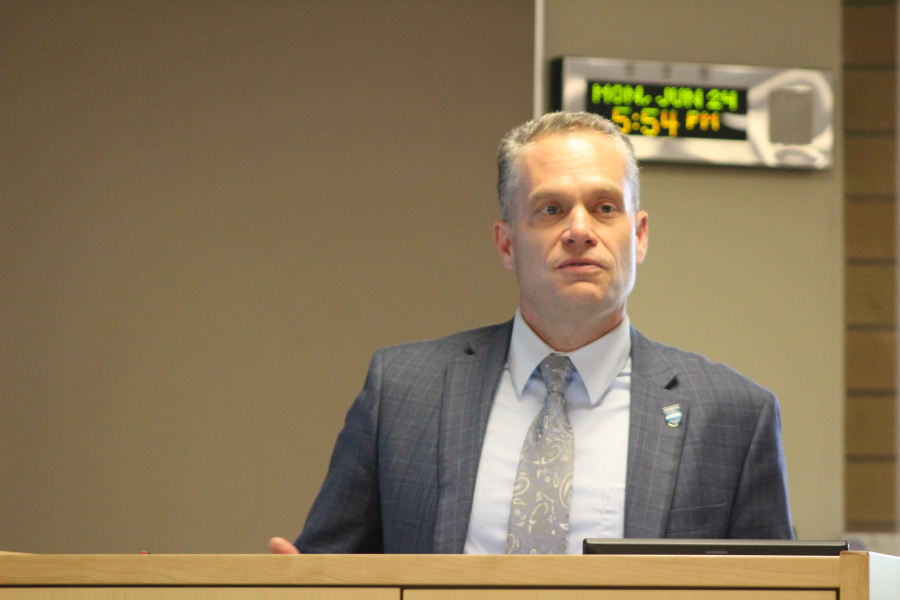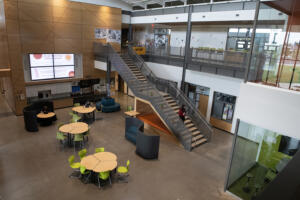Camas students will soon return to a school year unlike any other thanks to the ongoing COVID-19 pandemic.
On Monday, the Camas school board unanimously approved the district’s 2020-21 reopening plan, which calls for all students to begin the year in a remote-learning environment.
Students are scheduled to return to school on Sept. 1.
Camas School District Superintendent Jeff Snell told school board members Monday that district leaders are regularly meeting with county public health experts to keep track of the most recent updates on COVID-19 data.
The district’s goal, Snell said, is to transition into a blend of remote and in-person learning “as soon as possible.”
“When we talk with (Dr. Alan Melnick, Clark County’s public health director), we will talk about trends in the county and about when to bring students back,” Snell said, adding that district leaders will ask Melnick for guidance on minimizing risks to students, families, staff and the entire community once Camas schools transition to a blended learning environment.





